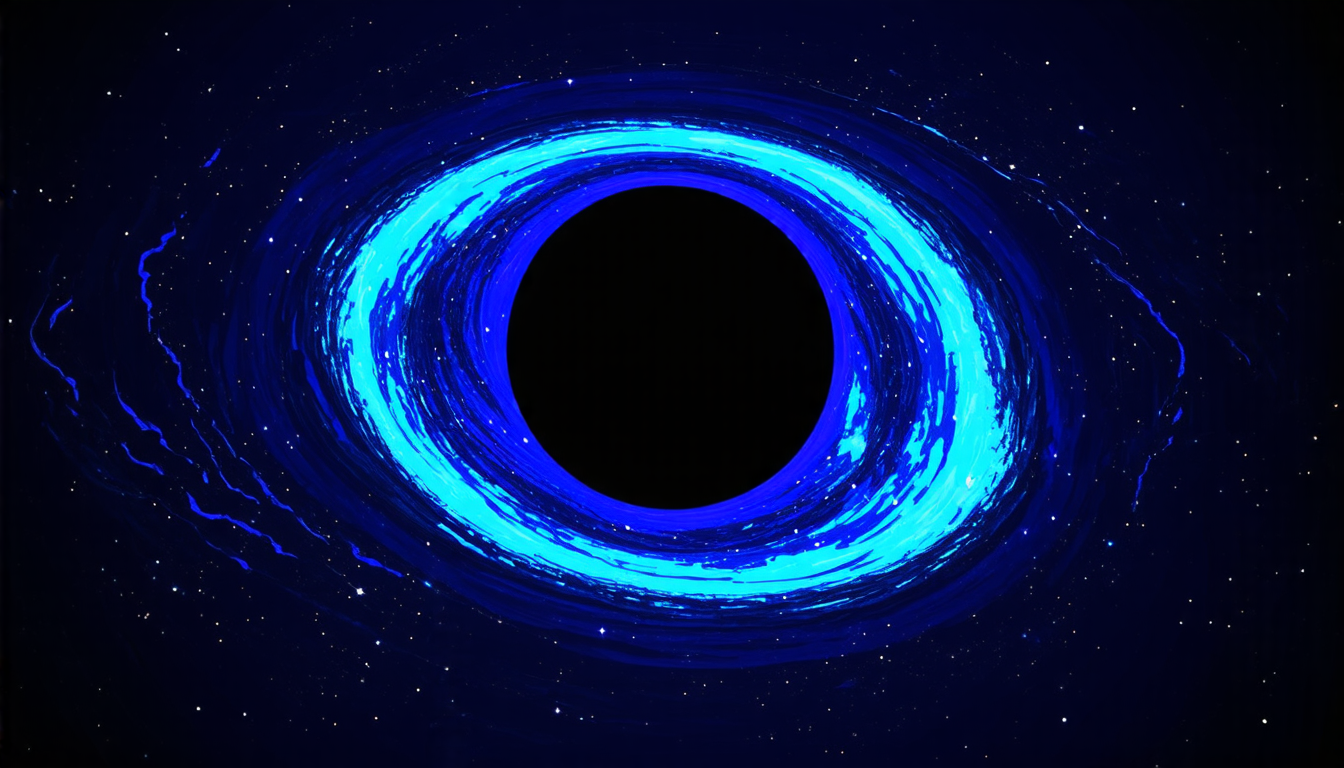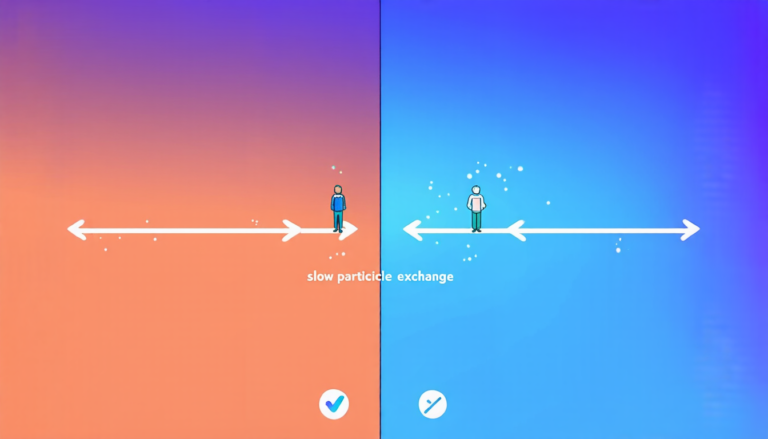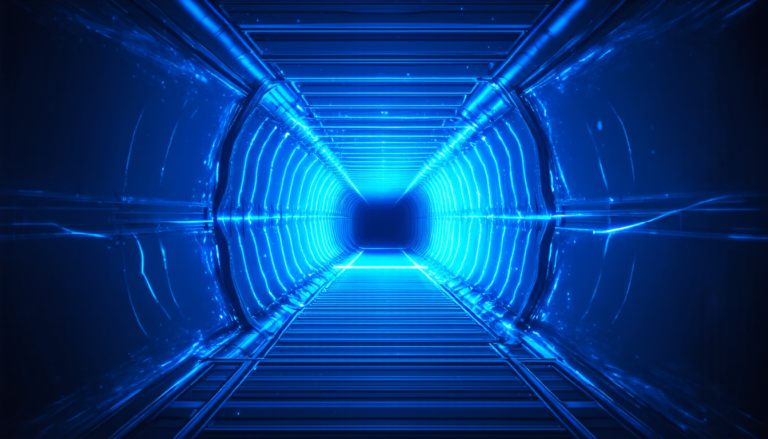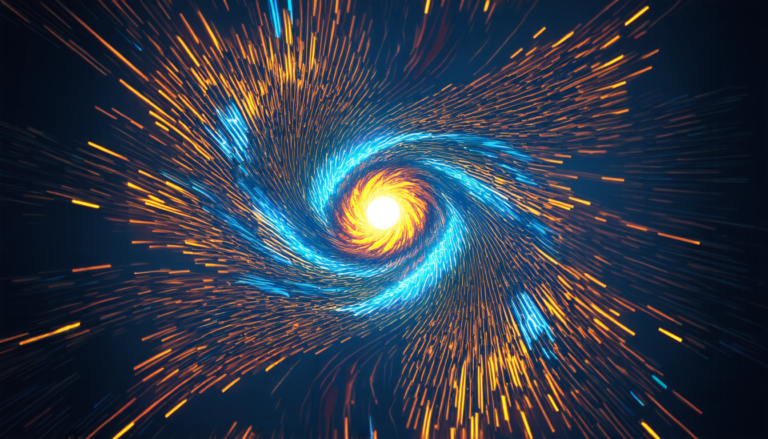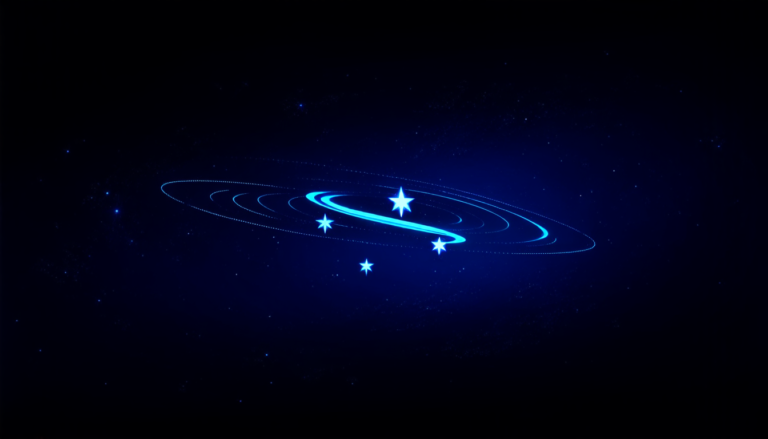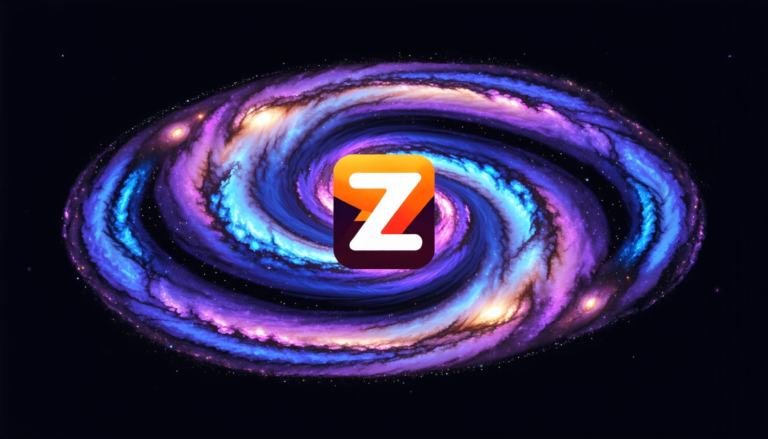Friday 18 July 2025
The quest for a more complete understanding of gravity has led scientists down many winding roads, each promising a glimpse into the mysteries of the universe. One such road is quadratic gravity, a theory that adds a dash of curvature-squared terms to the classical Einstein-Hilbert action. This tweak may seem minor, but it opens up new possibilities for solving some of the biggest puzzles in modern astrophysics.
The team behind this work has been busy exploring the implications of quadratic gravity on the behavior of massive objects like black holes and neutron stars. In particular, they’ve been investigating how these objects’ gravitational fields interact with their surroundings. The results are nothing short of fascinating.
One of the key findings is that quadratic gravity introduces a new type of gauge condition, which allows researchers to isolate specific modes of perturbation in the gravitational field. This, in turn, enables them to study the behavior of massive spin-2 fields – think of them as ripples in spacetime caused by the presence of these objects.
The authors demonstrate that this approach can be used to decompose the metric perturbation into three distinct components: a massless spin-2 field, a massive spin-2 mode, and a scalar field. This decomposition is crucial for understanding how gravitational waves propagate through spacetime and how they’re affected by the presence of massive objects.
But quadratic gravity isn’t just about black holes and neutron stars; it also has implications for our understanding of the early universe. The theory can be used to study the behavior of cosmic inflation, a period of rapid expansion that occurred in the first fractions of a second after the Big Bang. By applying quadratic gravity to this era, researchers may gain new insights into the origins of structure in the universe.
The authors’ work is an important step forward in our understanding of quadratic gravity and its potential applications. While there’s still much to be discovered, this research demonstrates the power of tweaking the fundamental laws of physics to better fit the observations we’ve made of the universe.
In the world of theoretical physics, it’s often said that the search for new knowledge is a journey without an end. The authors’ work is just one more mile marker on this long and winding road, but it’s a reminder that even small changes to our understanding can lead to profound insights into the nature of reality itself.
Cite this article: “Unraveling the Mysteries of Gravity: A Journey Through Quadratic Theory”, The Science Archive, 2025.
Gravity, Quadratic Gravity, Einstein-Hilbert Action, Black Holes, Neutron Stars, Gauge Condition, Gravitational Waves, Cosmic Inflation, Universe, Theoretical Physics

